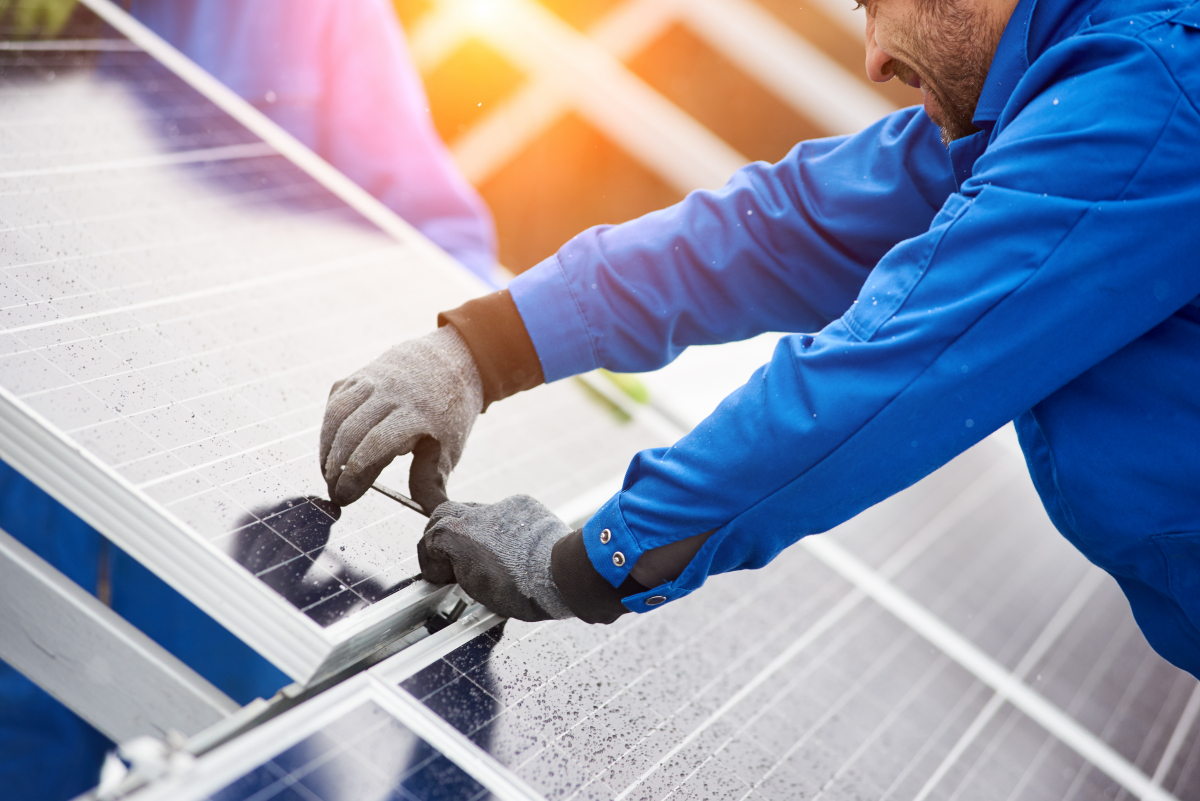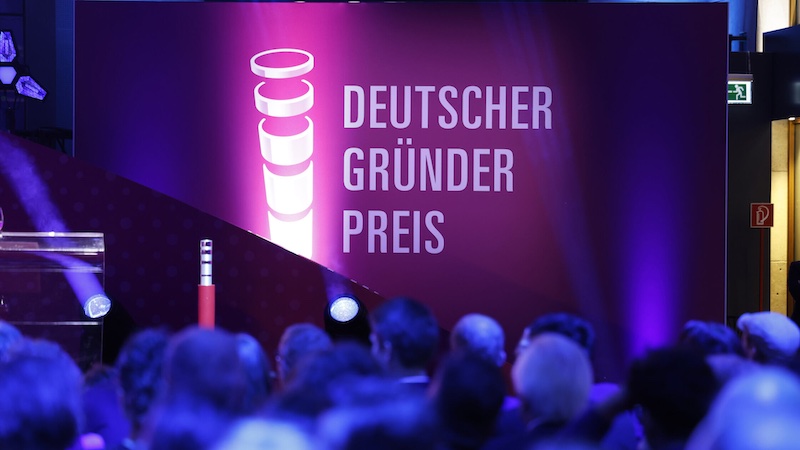New material mix provides a thousandfold power
Researchers from the University of Halle-Wittenberg present promising results: the connection of three crystal layers has significantly increased the photovoltaic effect.
Even if the German solar industry had a hangover in the meantime, photovoltaics is still an important building block on the way to reducing CO2 emissions. As a result, investments are still being made in technology and research into solar cells, for example at the Martin Luther University Halle-Wittenberg (MLU).
Researchers there have now presented a new material mix for solar cells that increases the photovoltaic effect by a factor of 1,000. To do this, they created crystalline layers of barium, strontium and calcium titanate, which they alternately laid one on top of the other. The results were recently published in the journal Science Advances.
Instead of conventional silicon, the efficiency of which is limited, the researchers use so-called ferroelectrics inside. “Ferroelectric means that the material has spatially separate positive and negative charges”, explained the physicist Akash Bhatnagar from the Center for Innovation Competence SiLi-nano at MLU. In contrast to silicon, ferroelectric crystals do not need any positively or negatively doped layers for the photovoltaic effect, which makes the production of solar modules much easier, according to the expert.
Contents
The researchers themselves are surprised
In order to intensify the effect, the scientists not only used a layer of barium titanate inside, but also embedded it in two further paraelectric layers made of strontium and calcium titanate. For this purpose, the crystals were evaporated with a high-power laser and deposited again on carrier substrates. The material produced in this way consists of 500 layers and is around 200 nanometers thick.
In tests with laser light, the experts themselves were surprised by the effectiveness of the material mix. The current flow was up to 1,000 times stronger than measurements with pure barium titanate had shown. “Apparently, the interaction of the lattice layers leads to a significantly higher permittivity – that is, the electrons can flow away much more easily due to the excitation by the light photons,” says Bhatagnar.
That is not yet a breakthrough in photovoltaics. Because first of all, the material still has to be examined for its durability and strength, even if initial tests indicate a relatively high level of robustness. Then powerful production partners have to be convinced and won over – a process that experience has shown can take a long time.



